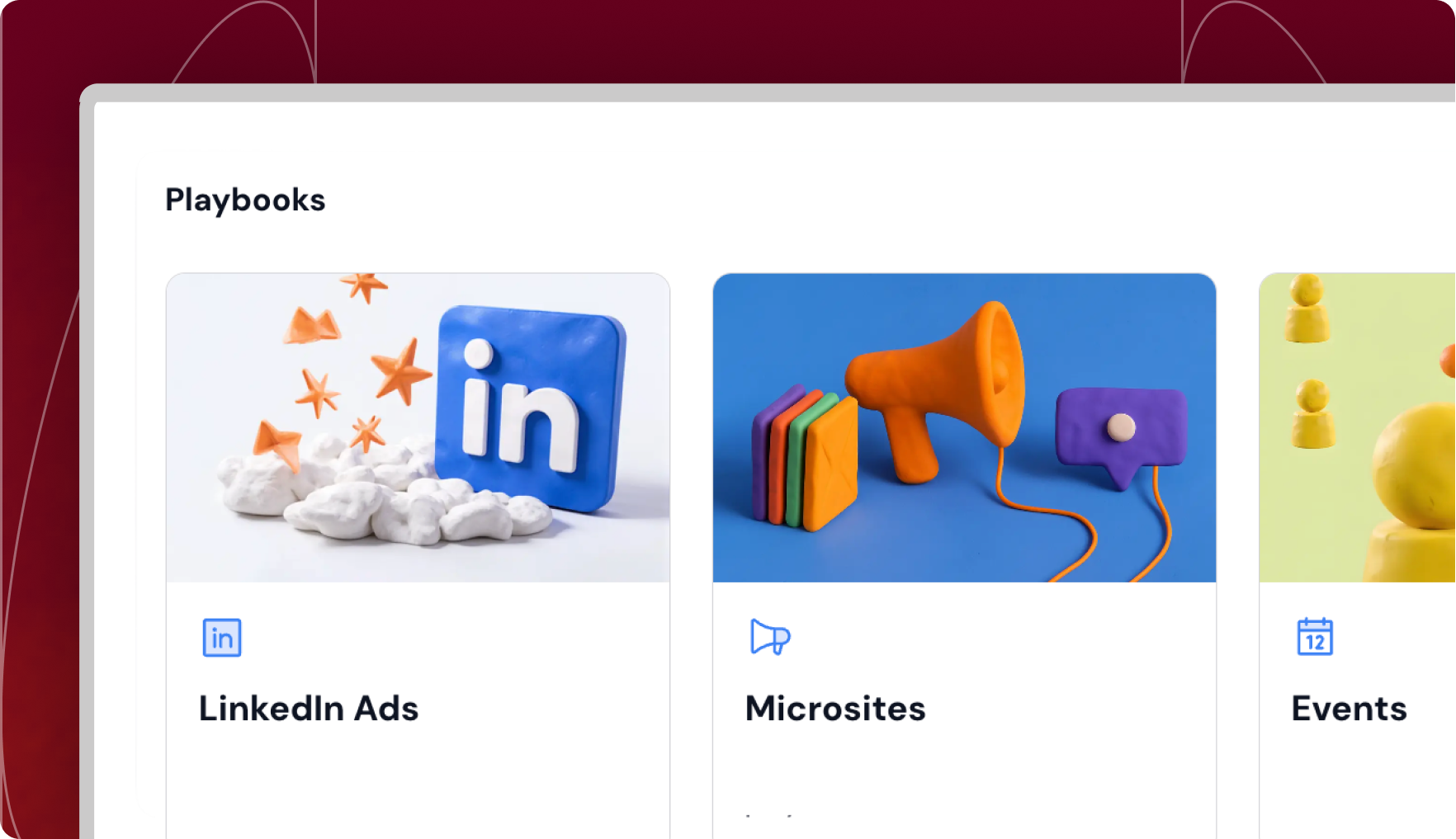We have all been there, whether it is in an office meeting room or on a Zoom call, you are the attendee for a really bad demo! They have presented a Gartner 4 quadrant slide, shown customer success stories that have no relevance to your problem or business, and are now delivering the demo poorly. You just want the call or meeting to end!
Product demos have been essential in every sales cycle in B2B technology for a long time now. They have become so essential that many organizations and sellers have unfortunately begun taking them for granted. They see it as a step that must be completed to move a deal to a new stage in their pipeline, as opposed to what it can be: an opportunity to educate, entice, and inspire the viewer on your product or service. A compelling product demo should be a glimpse into a new, better future, and you are the person to help them get there.
So, I think you can tell that I am a fan of a product demo. With this in mind, I wanted to share some top tips on how to make your demos more compelling as a good demo can change a company’s fortunes or have company value drop by billions!
Know your audience
Before every demo, the demo deliverer should have a clear understanding of exactly who they are demoing to, what their roles are, and if they have particular areas of interest or apprehension. By understanding an individual's role, you can preempt what they will care about and how the product you are demoing will help them reach their KPIs. By learning more about a visitor's background and what companies they worked for, you can understand if they have been exposed to your product or a competitive product and if that would alter their perspective. This allows you to address any concerns that you believe they may have early.
Listen to your audience
A demo is like a performance. This does not mean that it should not be interactive. Many individuals that demo have a clear script and click path. They want to get through that but don't realize that the demo should not be seen as a play on the West End. Rather, they should encourage audience participation. Demos are closer to lectures than they are plays. They are moments to educate the audience and make sure they understand the concepts you are teaching. This means to deliver more effective demos, it often means speaking less, listening more, and empowering others to share their opinion.
Less is more
I am sure your product is kick-ass! It is going to change the world and turn businesses' fortunes around. Your incredibly talented product and Dev teams have built some incredible features. The best way you can reward them is by showing prospects less of the product! What I mean by this is that as a demo, you need to move away from a laundry list of capabilities and truly focus on the three areas that matter most to your audiences. These three areas of focus are what will truly move the dial while the others will be treated as incremental gains.
Tell - show - tell
You know your audience, you know what they care about, and have a view on what to show them. Now, you need to make sure that you communicate that effectively. A compelling way to achieve this and to make sure a message truly resonates is the TST method. This involves telling a viewer what you are going to show, showing them it, and then telling them what you just showed. This creates no avoidance of doubt about what was part of the demo and increases attention span throughout the demo.
Make it a story
To deliver an awesome demo, you need to understand human behaviour. For most, stories are what resonate most. Do that with your demo, make it into a compelling story with a relevant scenario and personas. Identify a hero, highlight their challenges and outcomes, and showcase your product as the tool that helps them achieve their goals.
Values not features
When showing a capability within your product, you need to justify why you are committing time to that particular feature. With every feature that you show, you should ask yourself, "So what?" Why is this feature important to the audience, and what value does it create for them?
Limit clicks
You are delivering a fabulous demo, the talk track is on point, you are showing value and not features, yet the audience is not paying attention. Why? Because you have your hand on the mouse. By having too many clicks or moving your mouse around when you are talking, you are sabotaging your own demo. By limiting the number of clicks in your demo, you are doing yourself and your audience a favour.
Validate
Finally, you need to make sure that what you are going to show is landing. The best way to do this is by asking. Check in with your audience throughout to ask if what you are showing is helpful and if they have any concerns. Not only does this validate the content, but it also makes sure that your audience stays engaged throughout.
A product demo is not just a step in the sales cycle but an opportunity to educate, entice, and inspire your audience. By following the tips outlined in this article, you can create a demo that truly resonates with your viewers and helps move deals forward. Remember to know your audience, listen to them, focus on the most important areas, tell a story, showcase value, limit clicks, and validate the content. By doing so, you can ensure that your product demo is a compelling and effective tool in your sales arsenal.
Generated £1.3M pipeline by focusing on UTM parameters personalisation.


Generated £1.3M pipeline by focusing on UTM parameters personalisation.







